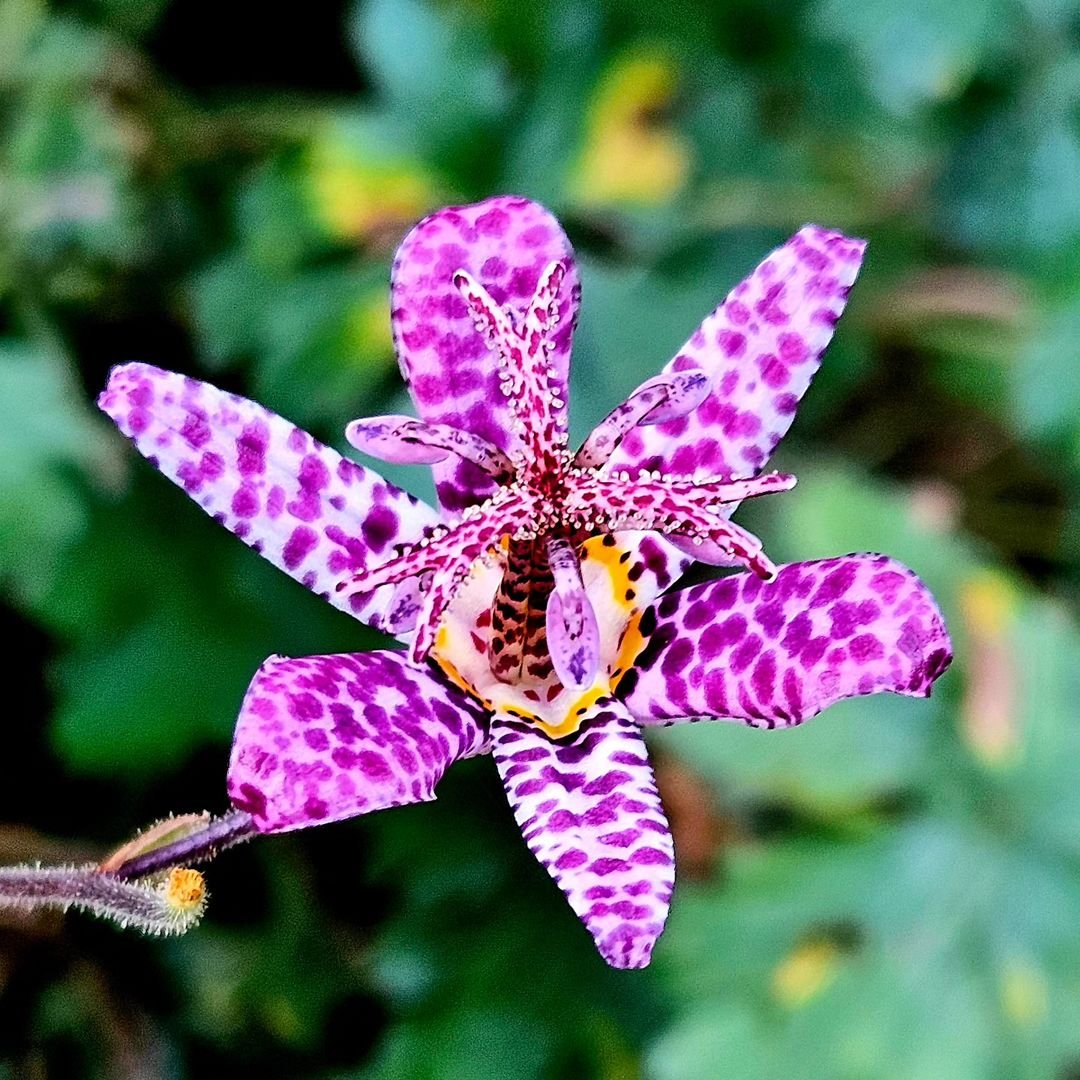Discover the 30 best fall flowers to brighten your garden. From classic mums to unique asters, learn how to grow and care for these autumn beauties. Perfect for US gardeners of all skill levels.
Fall is a magical time of year. The weather cools down, leaves change color and it’s the perfect season to add some fresh blooms to your garden. In this article, we’ll explore the 30 best fall flowers that can bring beauty and color to your outdoor space. Whether you’re a beginner or an experienced gardener, you’ll find plenty of options to suit your taste and skill level.
Why Plant Fall Flowers?
Before we dive into our list, let’s talk about why fall flowers are so great:
- They extend the growing season
- They provide food for pollinators preparing for winter
- They add color to your garden when other plants are fading
- Many fall flowers are easy to care for
According to the United States Forest Service, fall-blooming plants are crucial for supporting pollinators like bees and butterflies as they prepare for winter.
Now, let’s get to know some of the best fall flowers you can plant in your garden.
1. Chrysanthemums (Mums)
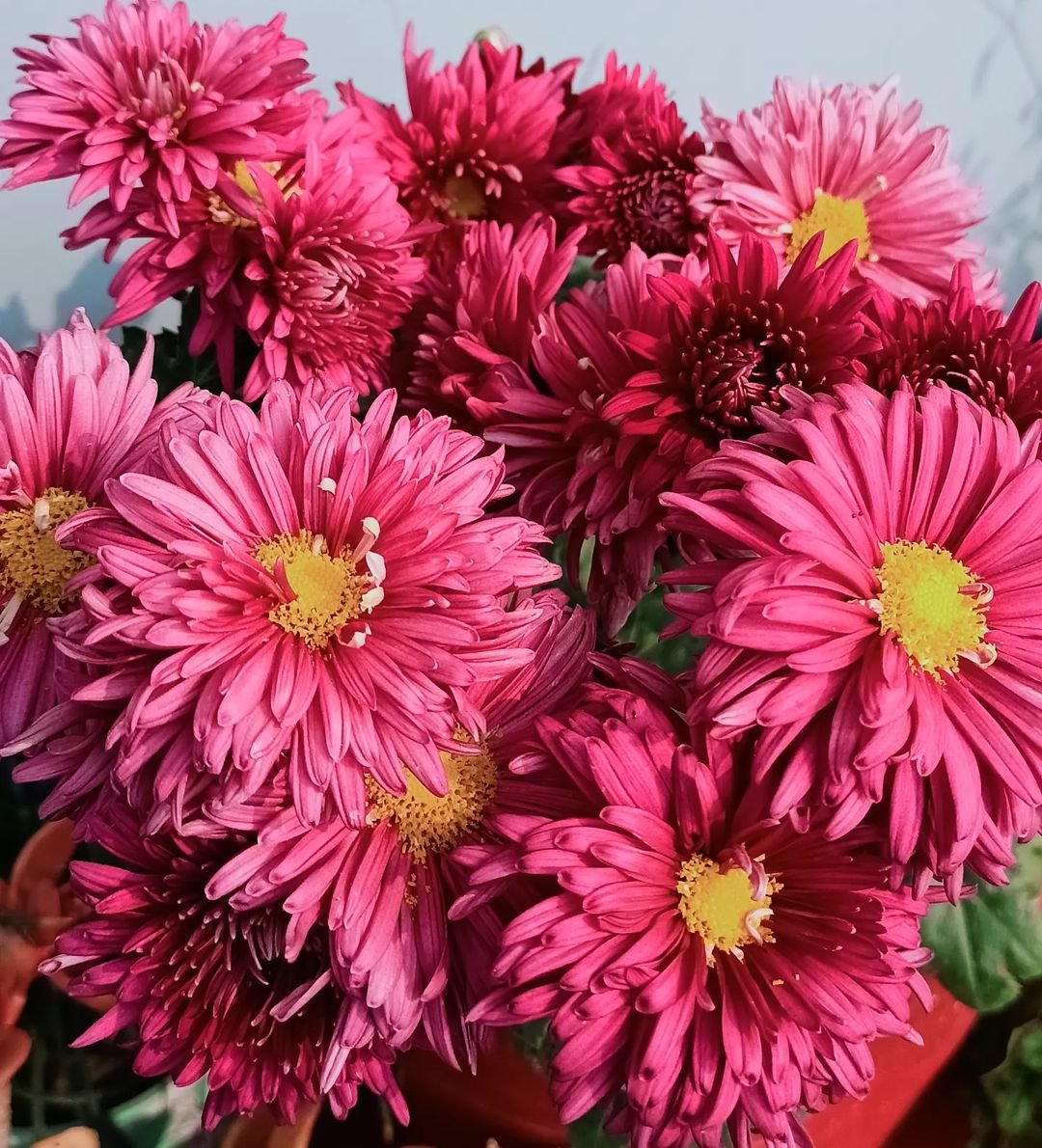
Chrysanthemums, or mums for short, are probably the first flowers that come to mind when you think of fall. They come in many colors and sizes, making them perfect for any garden. The National Chrysanthemum Society USA provides extensive information on growing and caring for these popular fall flowers.
How to grow:
- Plant in full sun
- Water regularly, but don’t overwater
- Pinch back stems in early summer for bushier plants
2. Asters
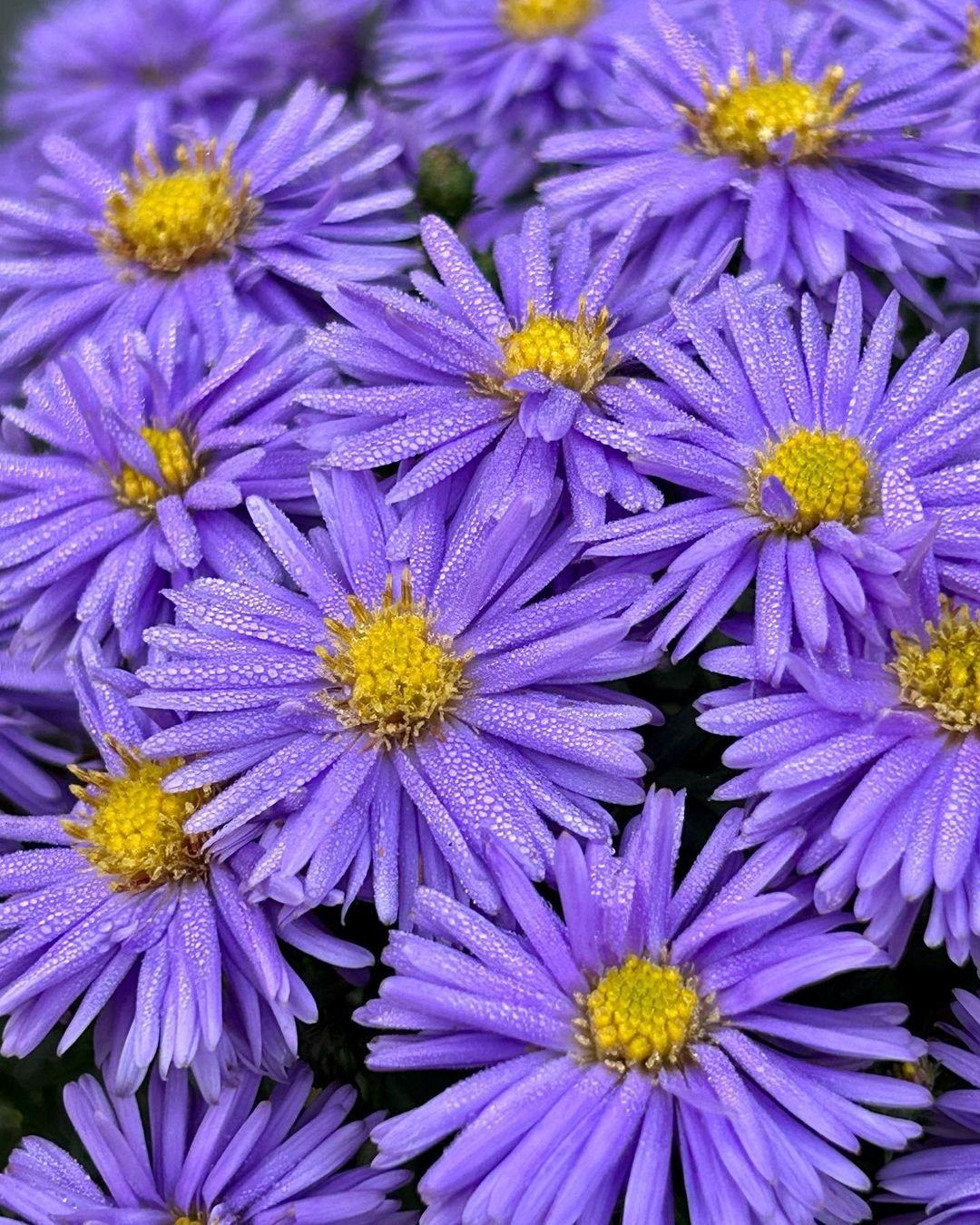
Asters are daisy-like flowers that bloom in late summer and fall. They attract butterflies and come in shades of purple, pink, and white.
Growing tips:
- Plant in full sun or partial shade
- Keep soil moist but not soggy
- Divide plants every few years to keep them healthy
3. Pansies
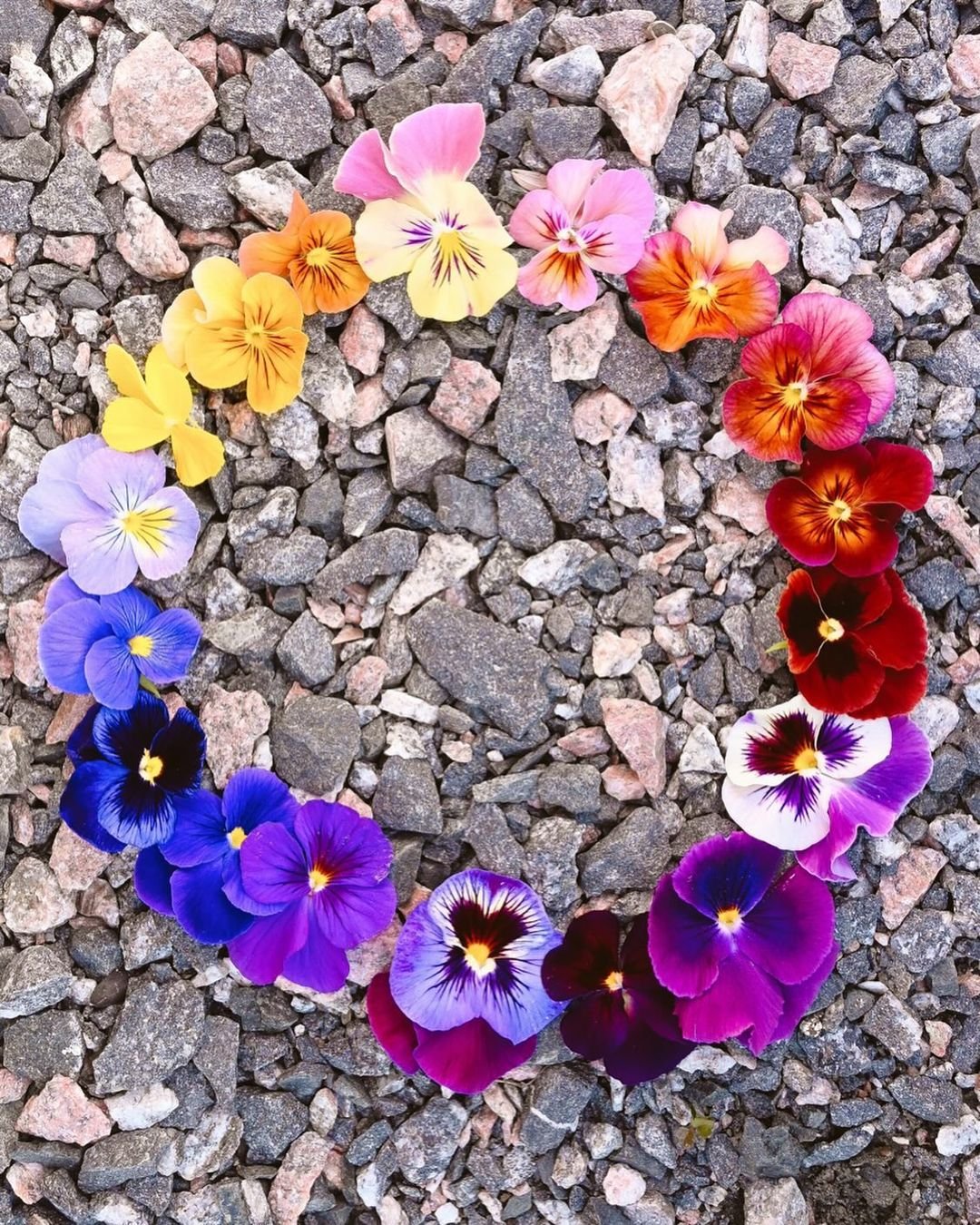
Pansies are tough little flowers that can handle cold weather. They come in many colors and are great for adding cheer to your fall garden.
Planting advice:
- Choose a spot with morning sun and afternoon shade
- Plant in well-draining soil
- Water regularly, especially during dry spells
4. Sedum
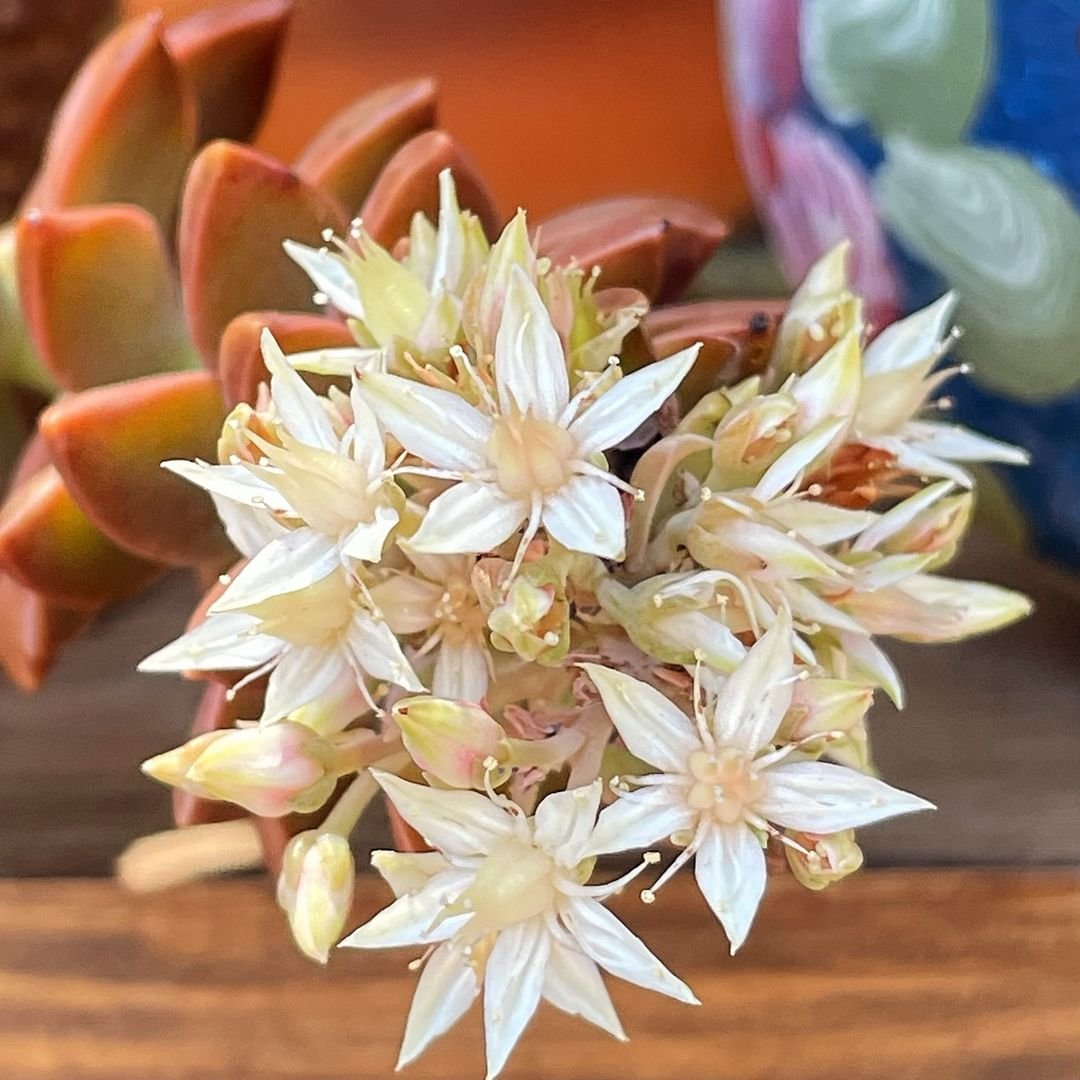
Sedum, also known as stonecrop, is a sturdy plant with thick, fleshy leaves and clusters of small flowers. It’s great for low-maintenance gardens.
Care instructions:
- Plant in full sun
- Use well-draining soil
- Water sparingly; sedum is drought-tolerant
5. Goldenrod
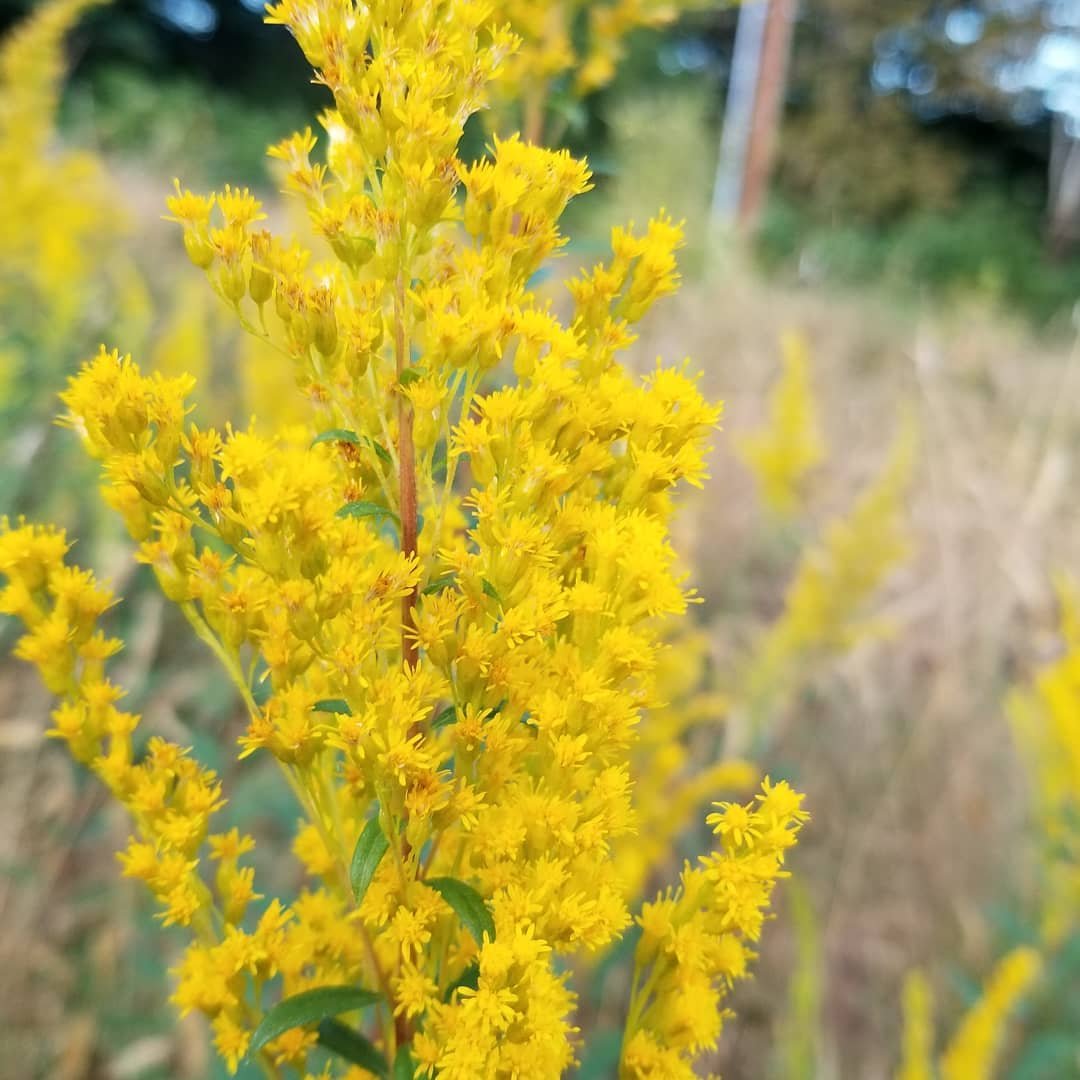
Goldenrod brings bright yellow color to the fall garden. Despite what some people think, it doesn’t cause allergies! The U.S. Forest Service provides more information on this native plant and its importance to pollinators.
Growing goldenrod:
- Plant in full sun or light shade
- Grows well in average soil
Water when soil feels dry
6. Black-Eyed Susan
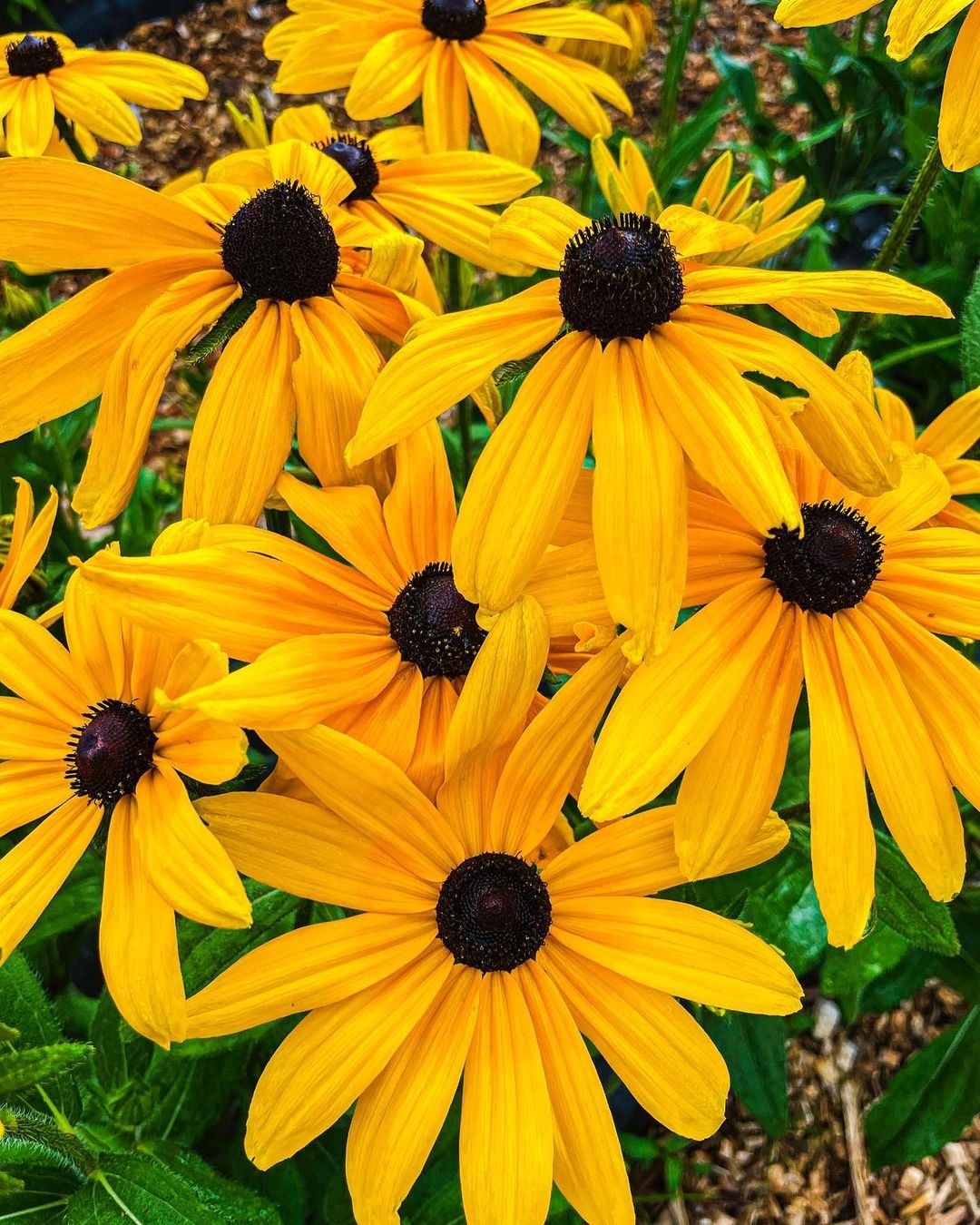
These cheerful yellow flowers with dark centers bloom from summer into fall. They’re easy to grow and attract birds and butterflies.
Planting tips:
- Choose a sunny spot
- Plant in well-draining soil
- Water deeply once a week
7. Japanese Anemone
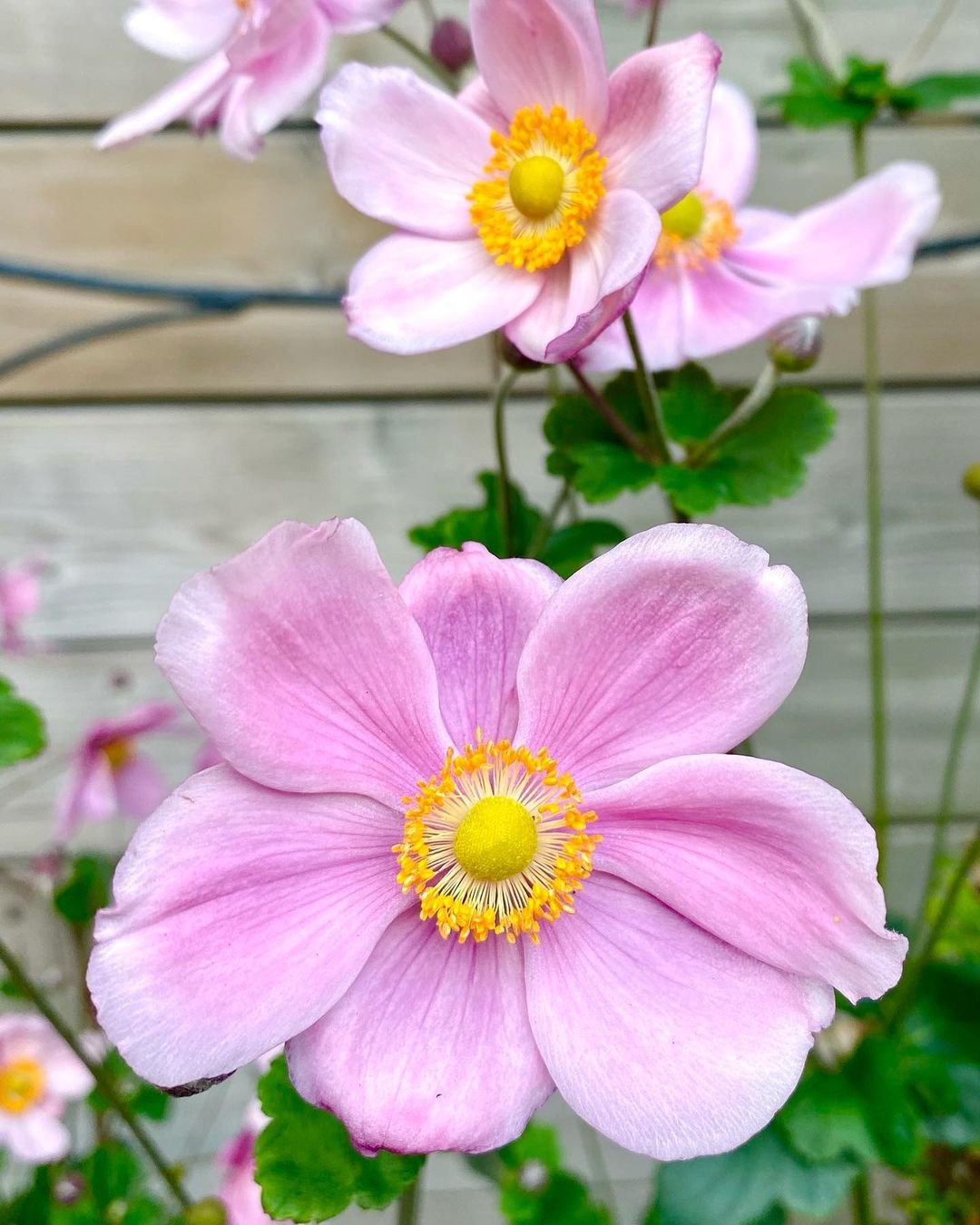
Japanese anemones have delicate, windflower-like blooms that appear in late summer and fall. They come in white and shades of pink.
How to grow:
- Plant in partial shade
- Use rich, moist soil
- Water regularly, especially during dry spells
8. Helenium
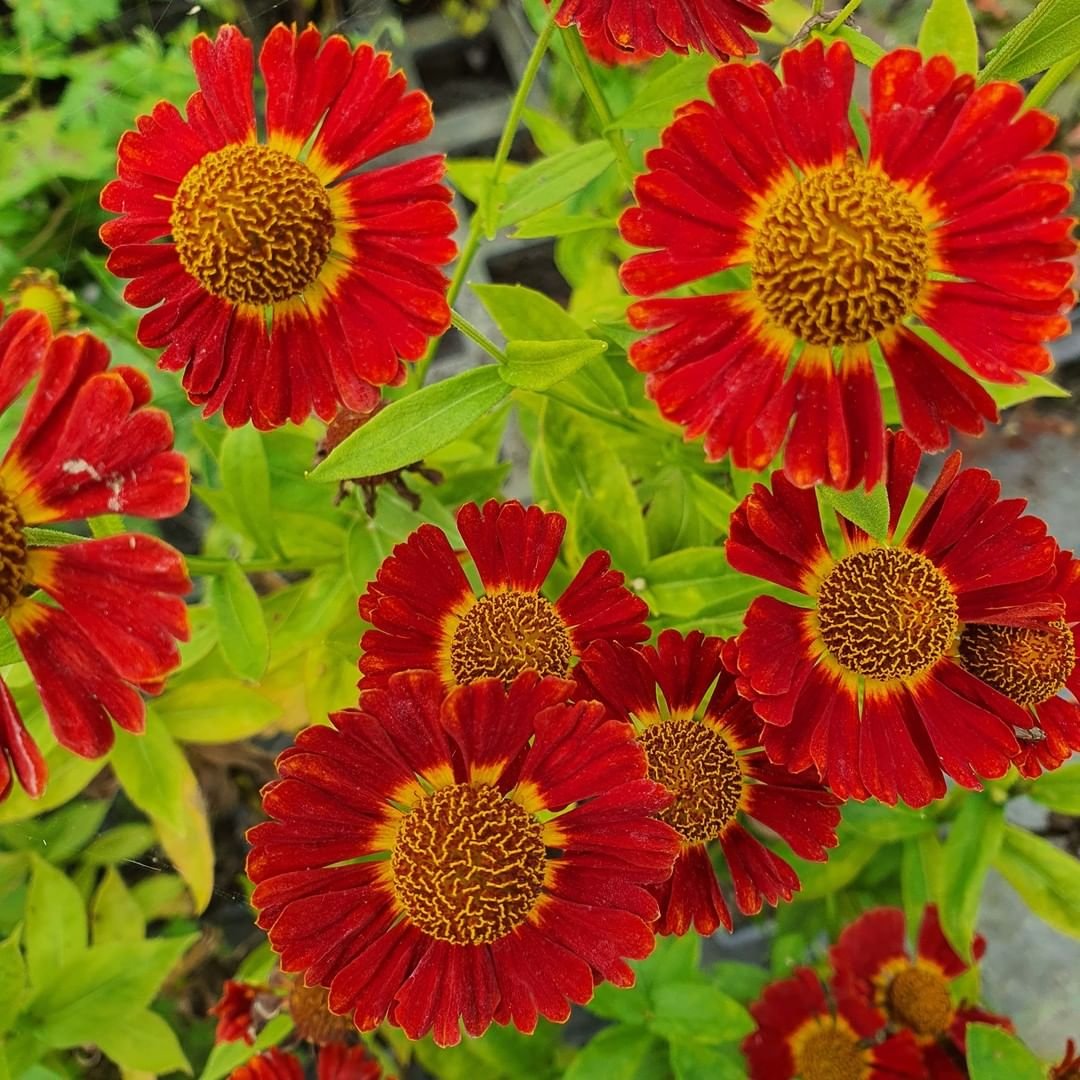
Also known as sneezeweed, helenium has daisy-like flowers in warm colors like red, orange and yellow.
Growing helenium:
- Plant in full sun
- Use moist, well-draining soil
Divide plants every few years to keep them vigorous
9. Toad Lily
Toad lilies have unique, orchid-like flowers that bloom in shade. They’re perfect for adding interest to darker corners of your garden.
Care instructions:
- Plant in partial to full shade
- Use rich, moist soil
- Water regularly to keep soil from drying out
10. Russian Sage
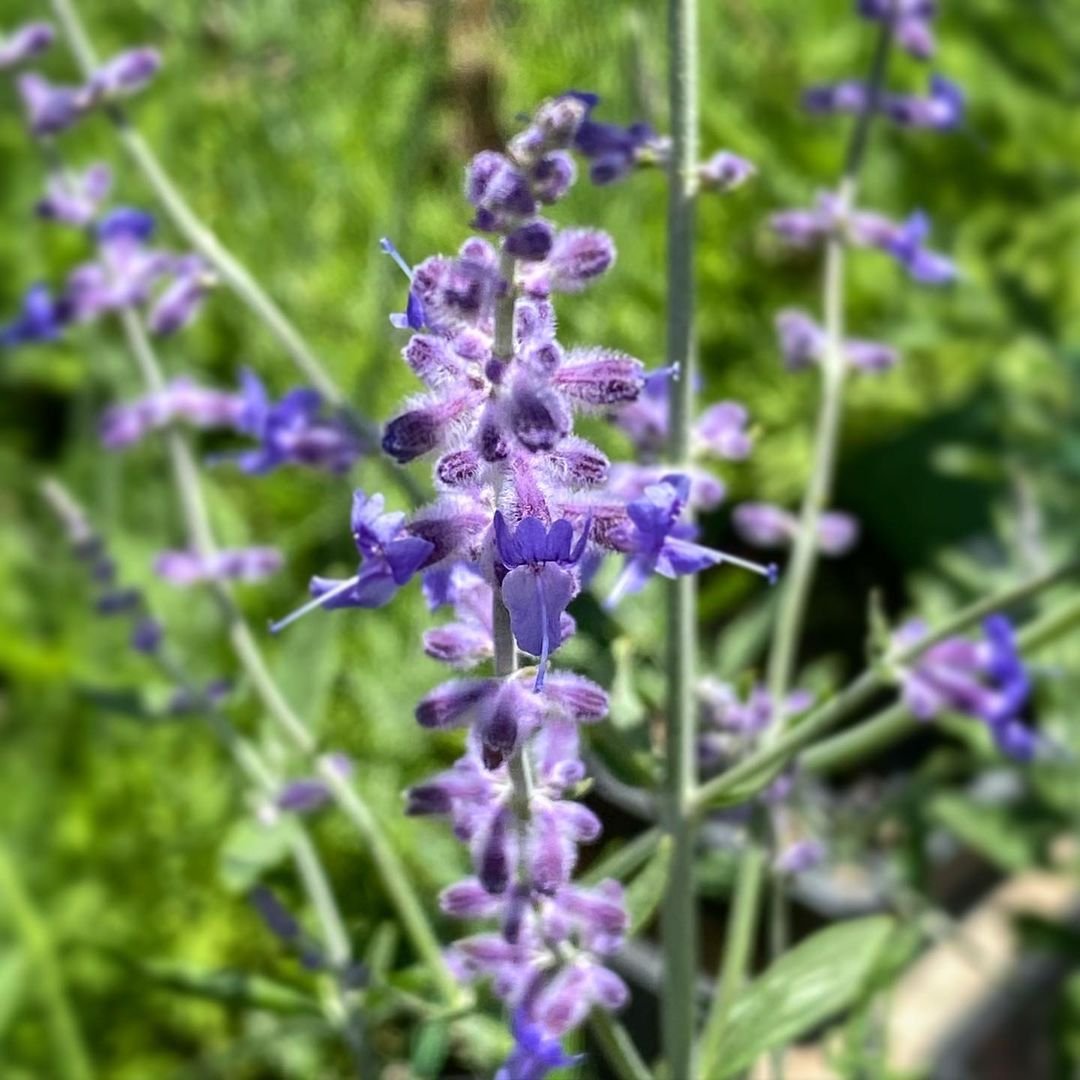
Russian sage has silvery-gray leaves and lavender-blue flower spikes. It’s drought-tolerant and attracts bees and butterflies.
Planting advice:
- Choose a sunny spot
- Use well-draining soil
Water deeply but infrequently once established
11. Coneflower (Echinacea)
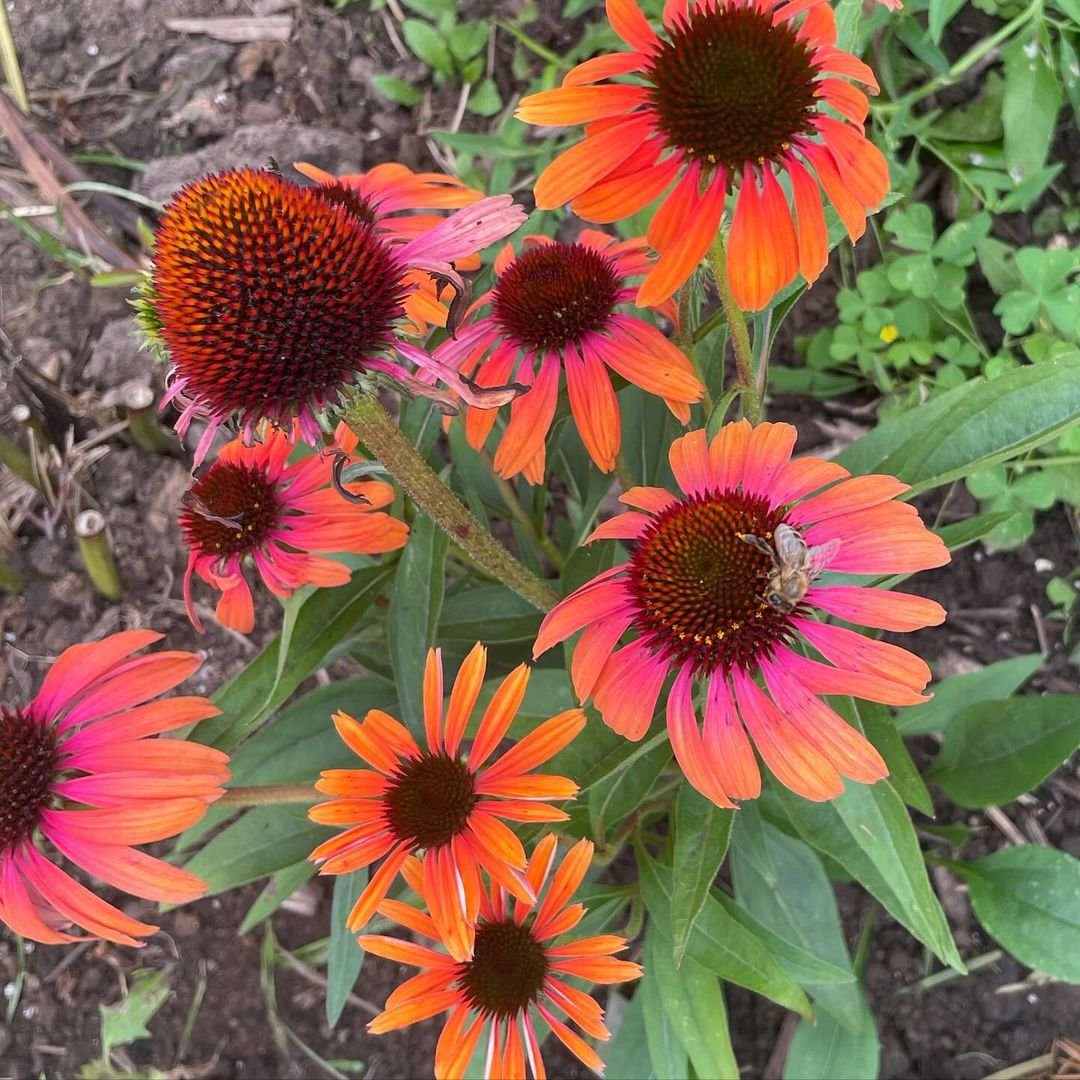
Coneflowers are native to North America and bloom from summer into fall. They come in various colors and attract birds and butterflies. The Lady Bird Johnson Wildflower Center at the University of Texas offers detailed information on different Echinacea species.
Growing coneflowers:
- Plant in full sun
- Use well-draining soil
- Water regularly until established, then only during dry spells
12. Dahlia
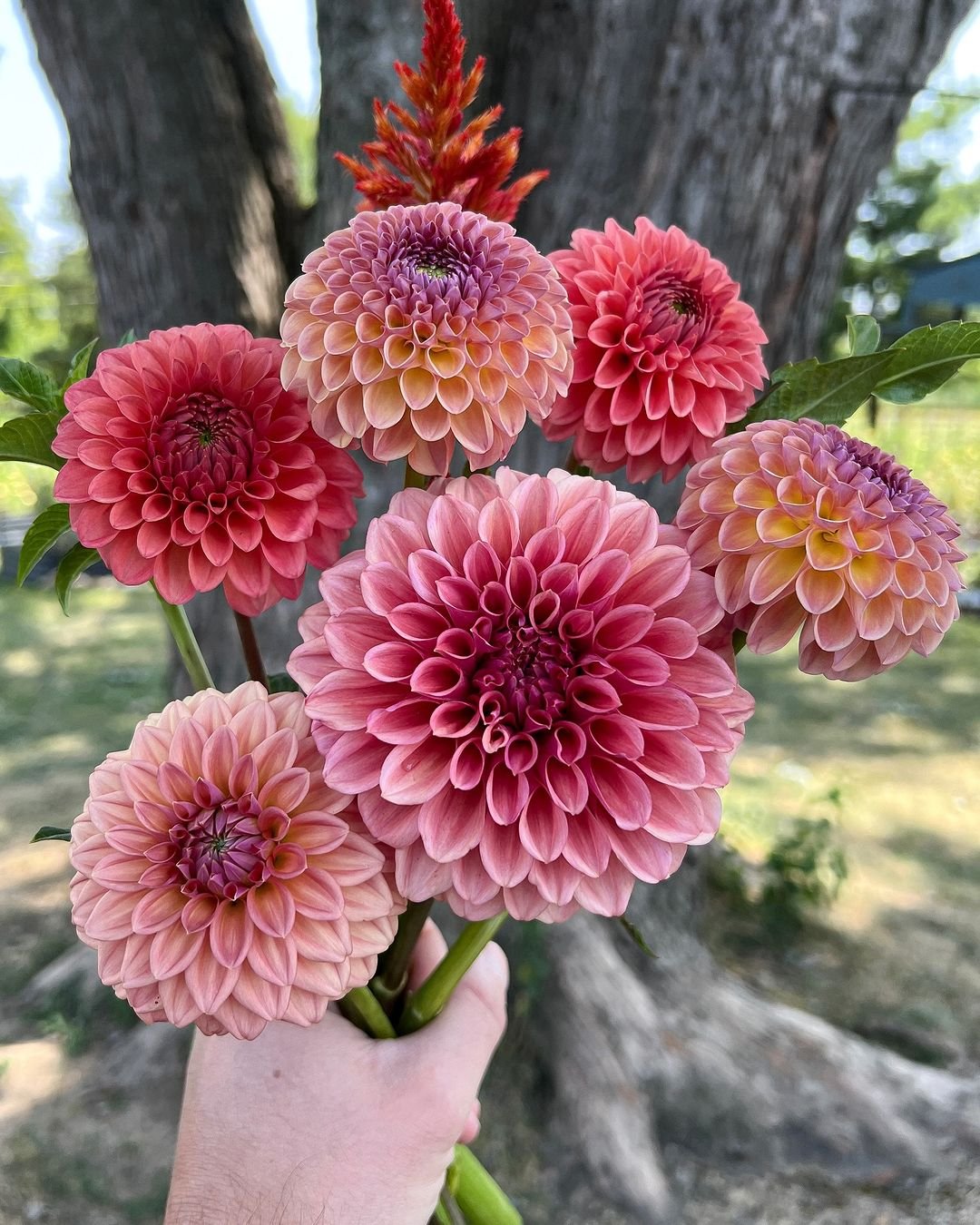
Dahlias come in a wide range of colors and flower shapes. They bloom from midsummer until the first frost.
How to grow:
- Plant in full sun
- Use rich, well-draining soil
- Water deeply once a week
13. Zinnia
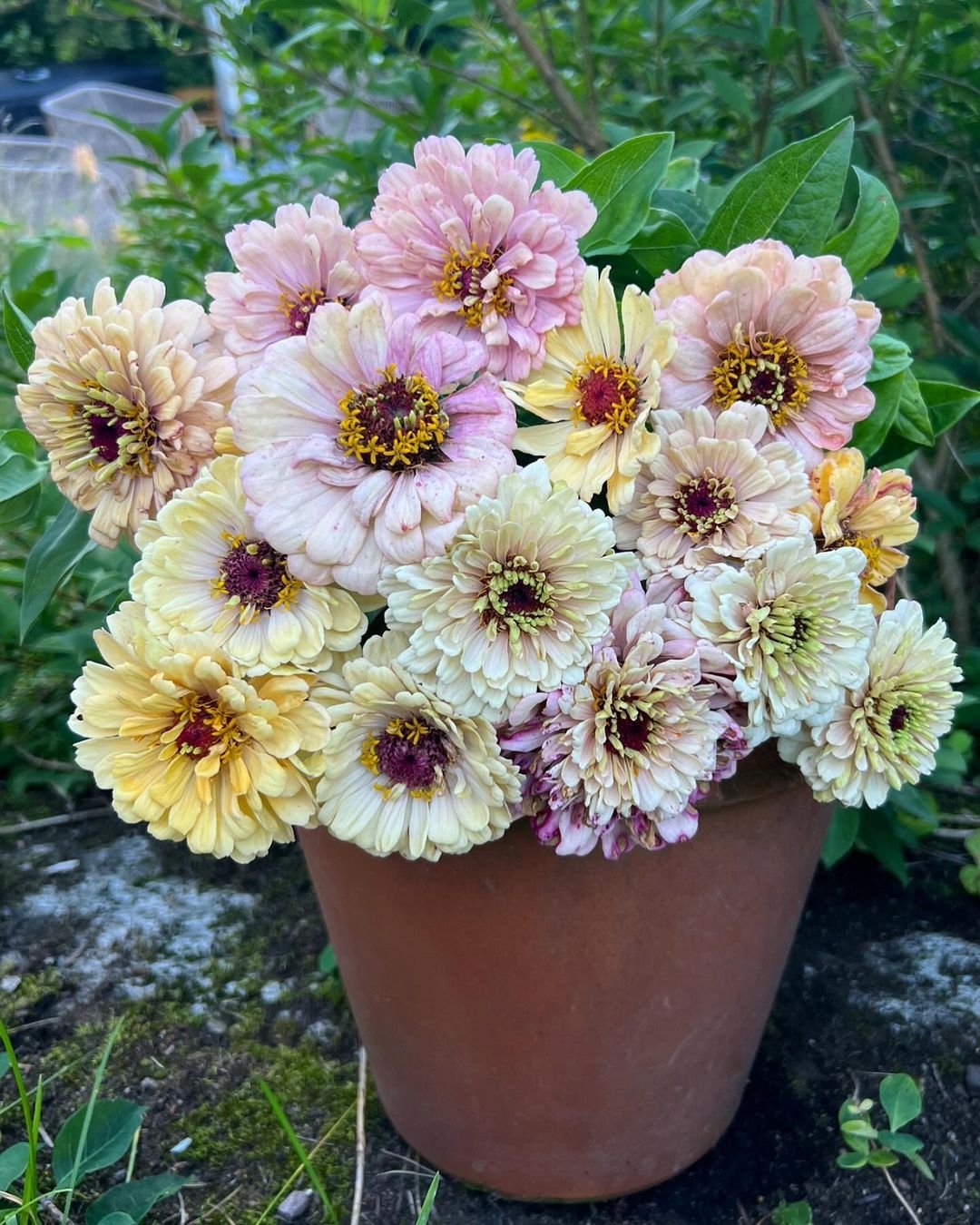
Zinnias are easy-to-grow annuals that bloom until frost. They come in many bright colors and attract butterflies.
Planting tips:
- Choose a sunny spot
- Use well-draining soil
- Water at the base of the plant to prevent leaf diseases
14. Celosia
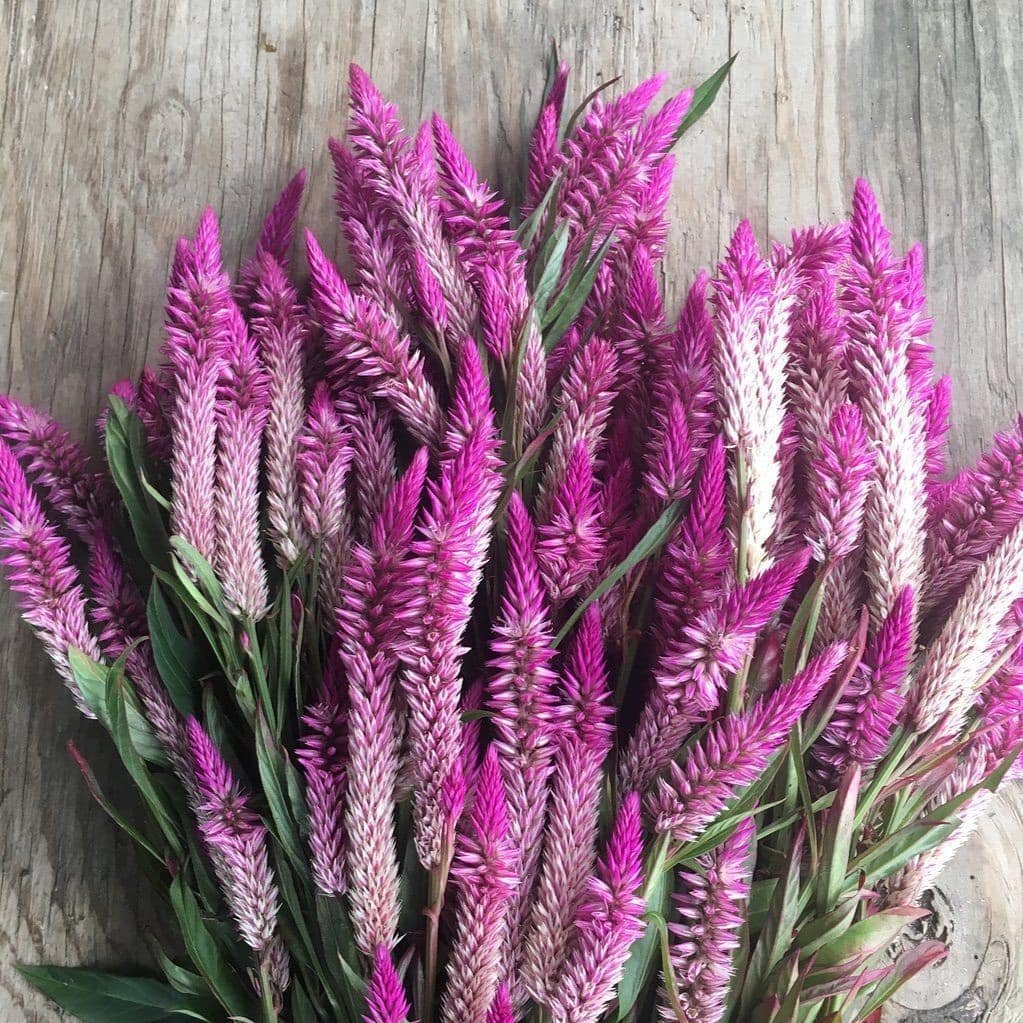
Celosia, also known as cockscomb, has unique, brightly colored flower plumes. It’s great for adding texture to your fall garden.
Growing celosia:
- Plant in full sun
- Use rich, well-draining soil
- Water regularly, but don’t overwater
15. Marigold
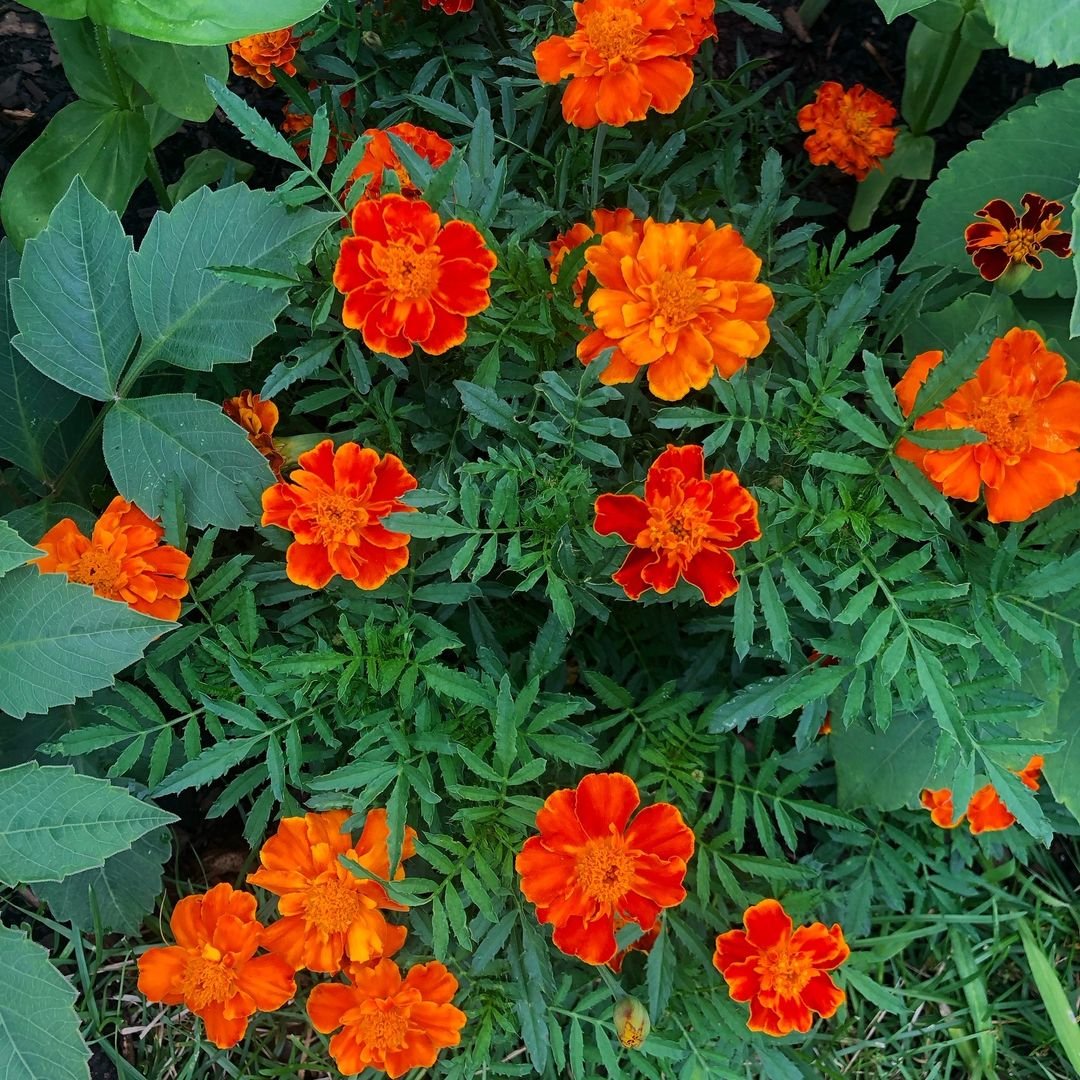
Marigolds are cheerful flowers that bloom from spring until fall. They come in shades of yellow, orange, and red.
Care instructions:
- Plant in full sun
- Use well-draining soil
- Water when the top inch of soil feels dry
16. Sunflower

While we often think of sunflowers as summer plants, many varieties bloom into fall. They’re easy to grow and attract birds.
Planting advice:
- Choose a sunny spot
- Use well-draining soil
- Water deeply but infrequently
17. Cosmos

Cosmos are airy, daisy-like flowers that bloom from summer into fall. They’re easy to grow from seed and attract butterflies.
Growing cosmos:
- Plant in full sun
- Use average, well-draining soil
- Water when the top inch of soil feels dry
18. Blanket Flower (Gaillardia)
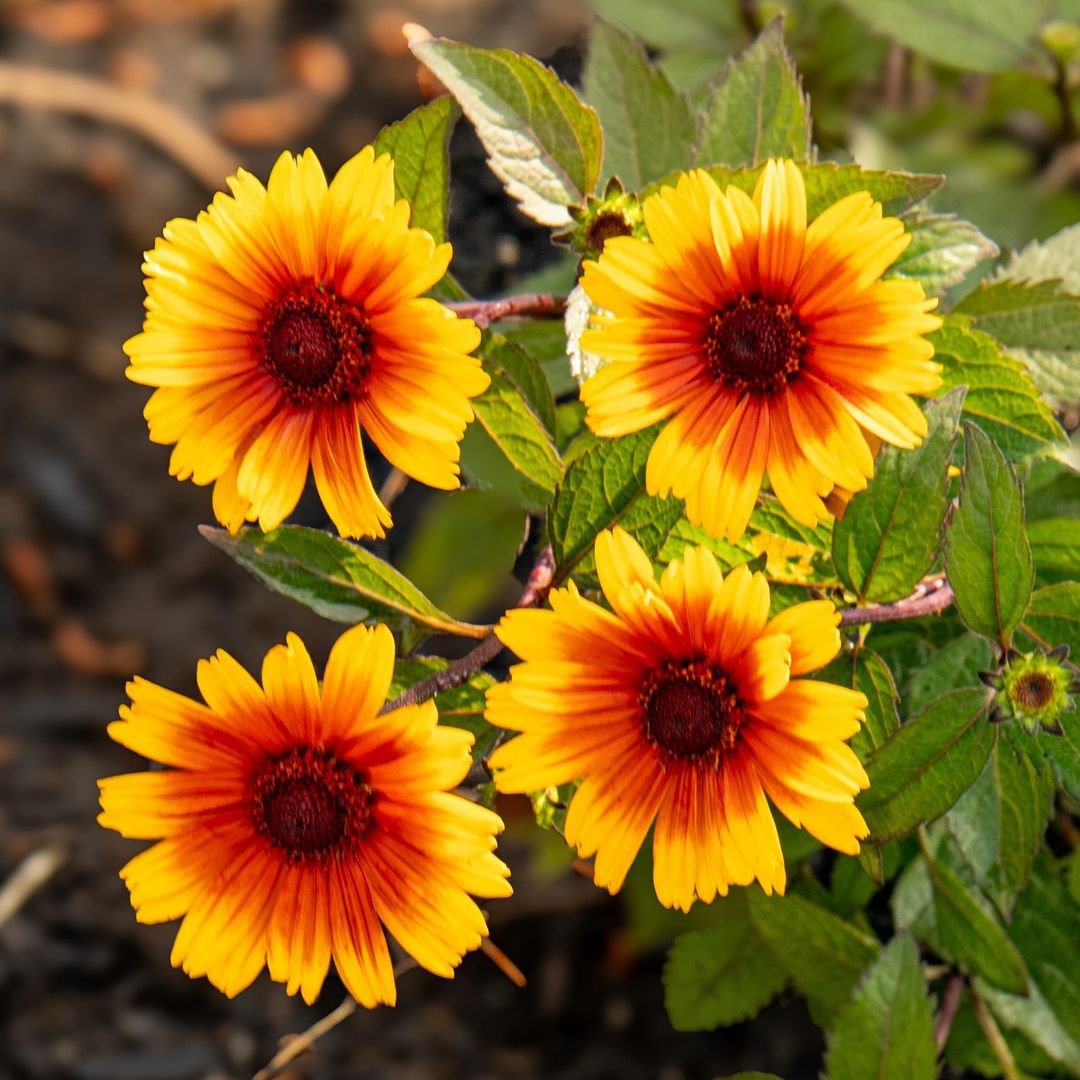
Blanket flowers have daisy-like blooms in warm colors. They’re drought-tolerant and bloom from summer into fall.
How to grow:
- Plant in full sun
- Use well-draining soil
- Water deeply but infrequently once established
19. Joe Pye Weed
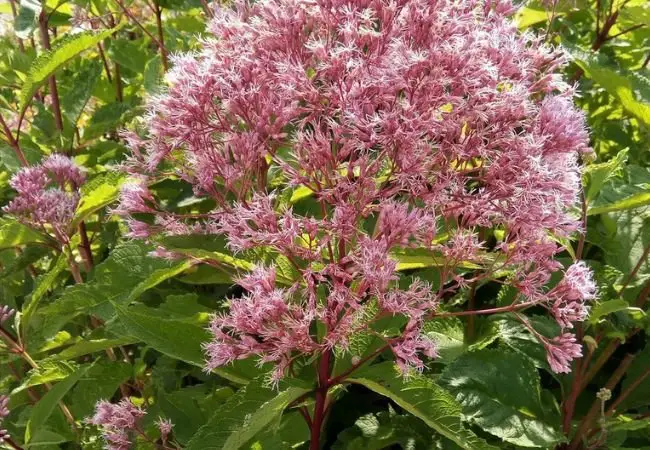
Joe Pye weed is a tall native plant with clusters of pink flowers. It attracts butterflies and blooms in late summer and fall. Learn more about this plant’s historical uses and ecological benefits from the U.S. Forest Service.
Planting tips:
- Choose a spot with full sun to partial shade
- Use moist, rich soil
- Water regularly, especially during dry spells
20. Hardy Fuchsia
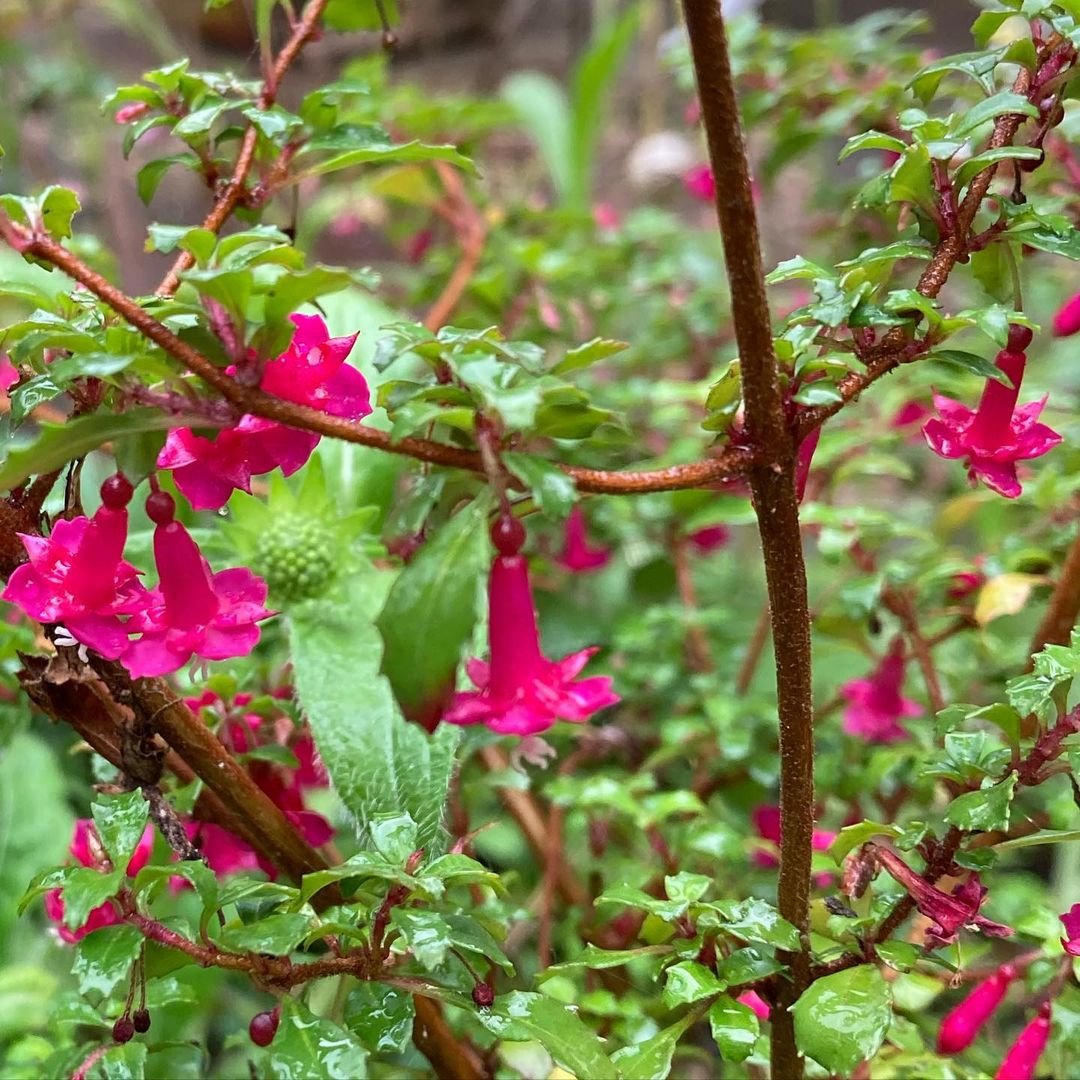
Hardy fuchsias have beautiful, dangling flowers that bloom until frost. They’re great for hanging baskets or shady spots in the garden.
Care instructions:
- Plant in partial shade
- Use rich, moist soil
- Water regularly to keep soil from drying out
21. Heuchera (Coral Bells)
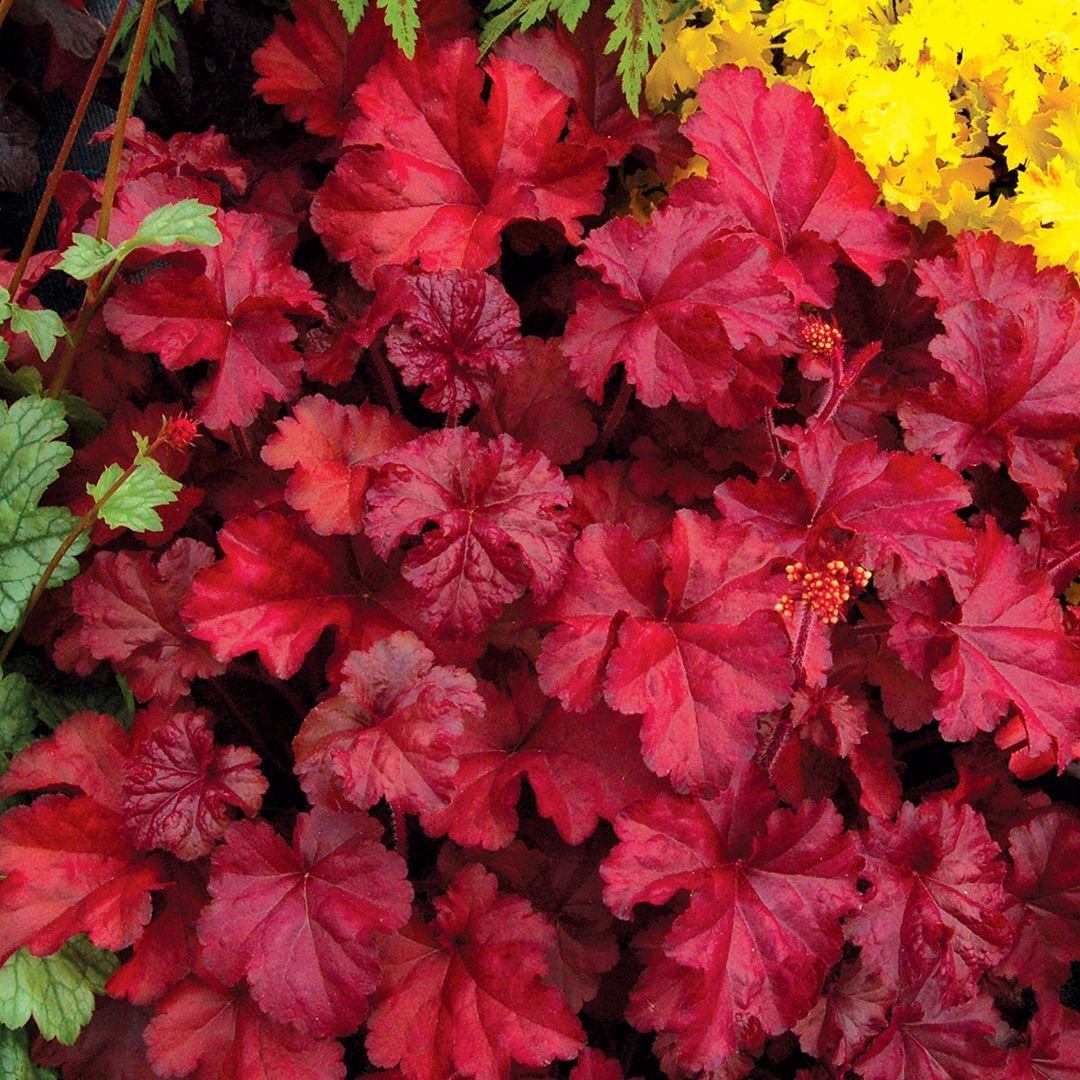
Heuchera is grown mainly for its colorful foliage, but many varieties also have small flowers in fall. They’re great for adding color to shady areas.
Growing heuchera:
- Plant in partial shade
- Use well-draining soil
- Water when the top inch of soil feels dry
22. Ornamental Cabbage and Kale
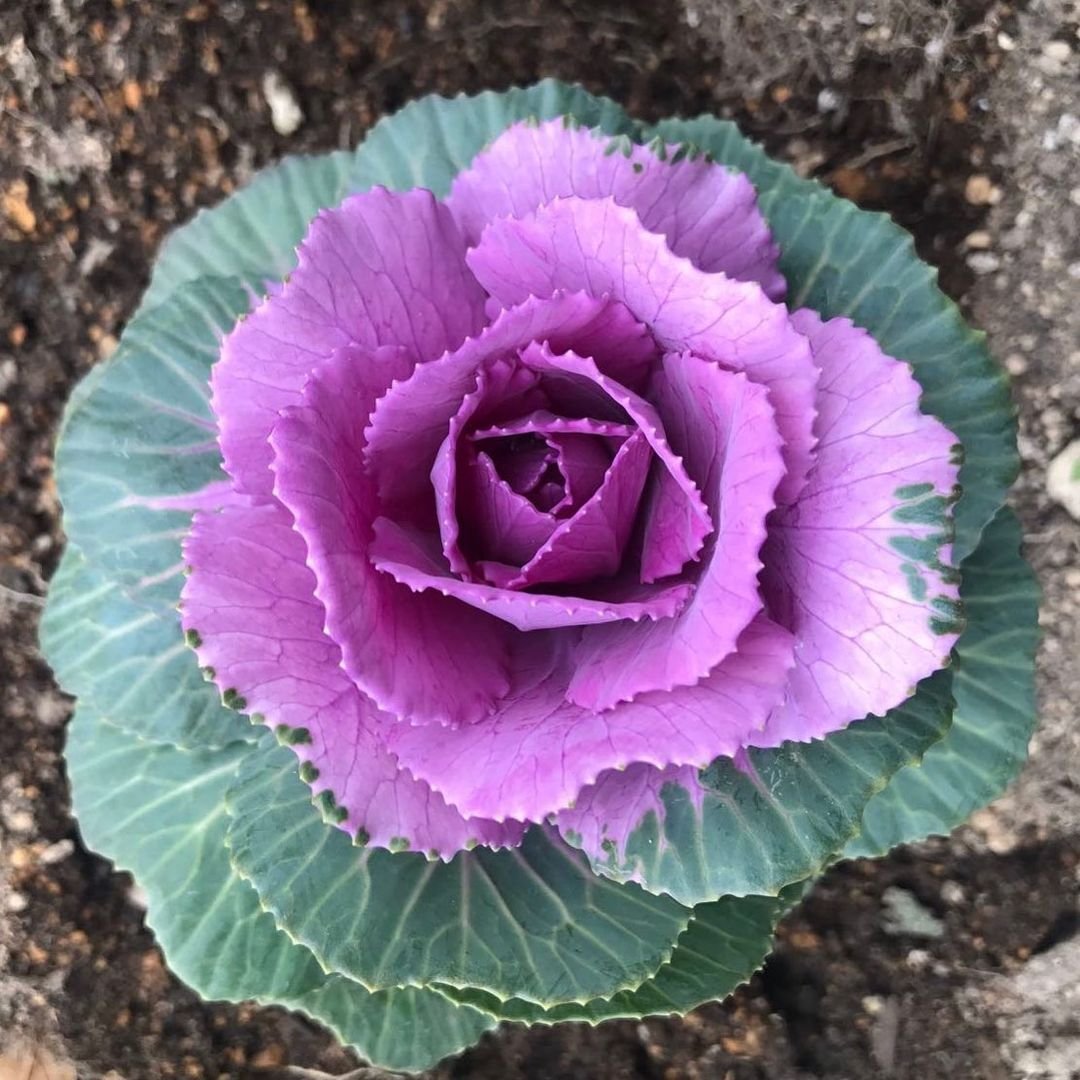
These plants are grown for their colorful, ruffled leaves rather than flowers. They add interesting texture to fall gardens.
Planting advice:
- Choose a sunny spot
- Use rich, well-draining soil
- Water regularly to keep soil moist
23. Verbena
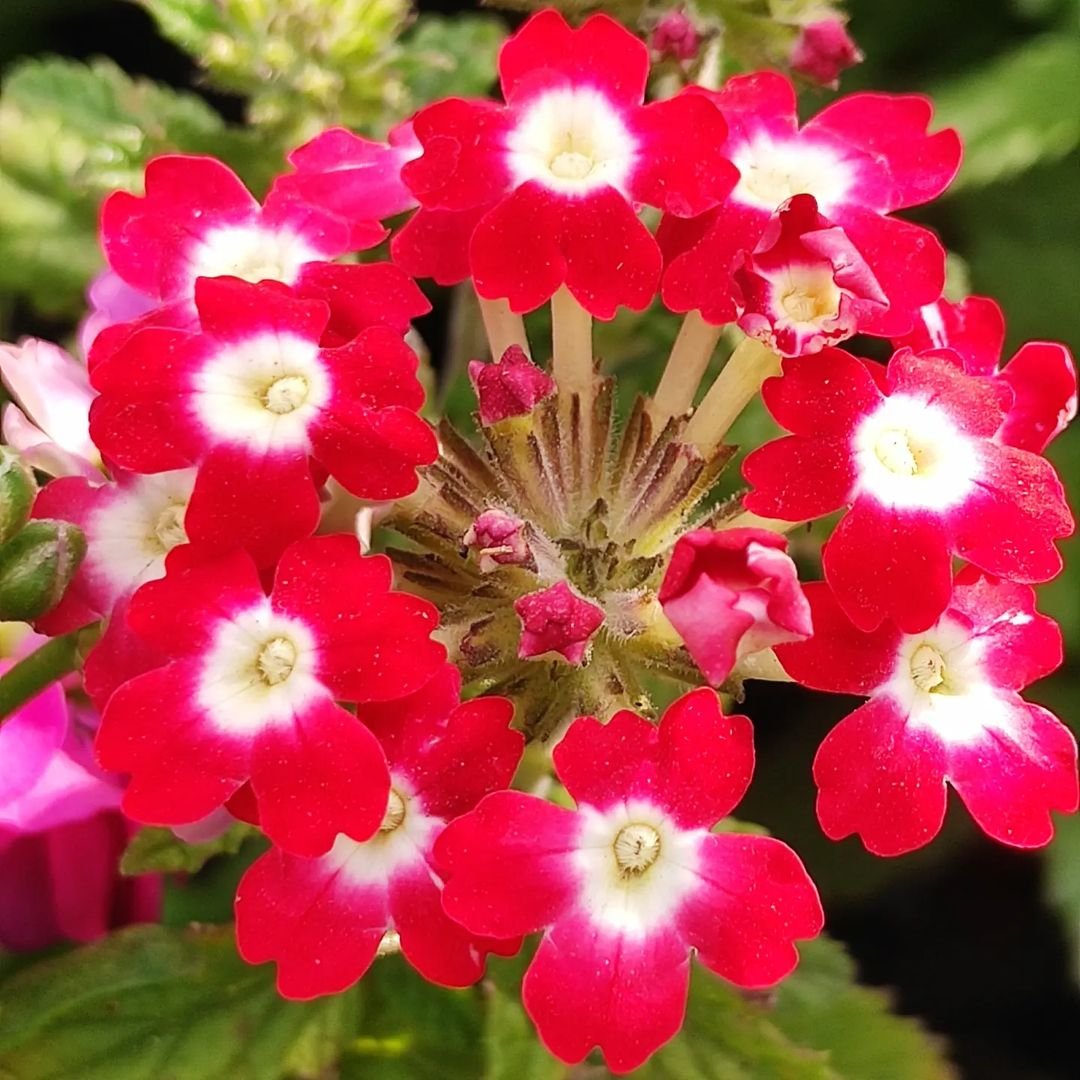
Verbena has clusters of small flowers that bloom from spring until frost. It’s great for attracting butterflies to your garden.
How to grow:
- Plant in full sun
- Use well-draining soil
- Water when the top inch of soil feels dry
24. Dianthus
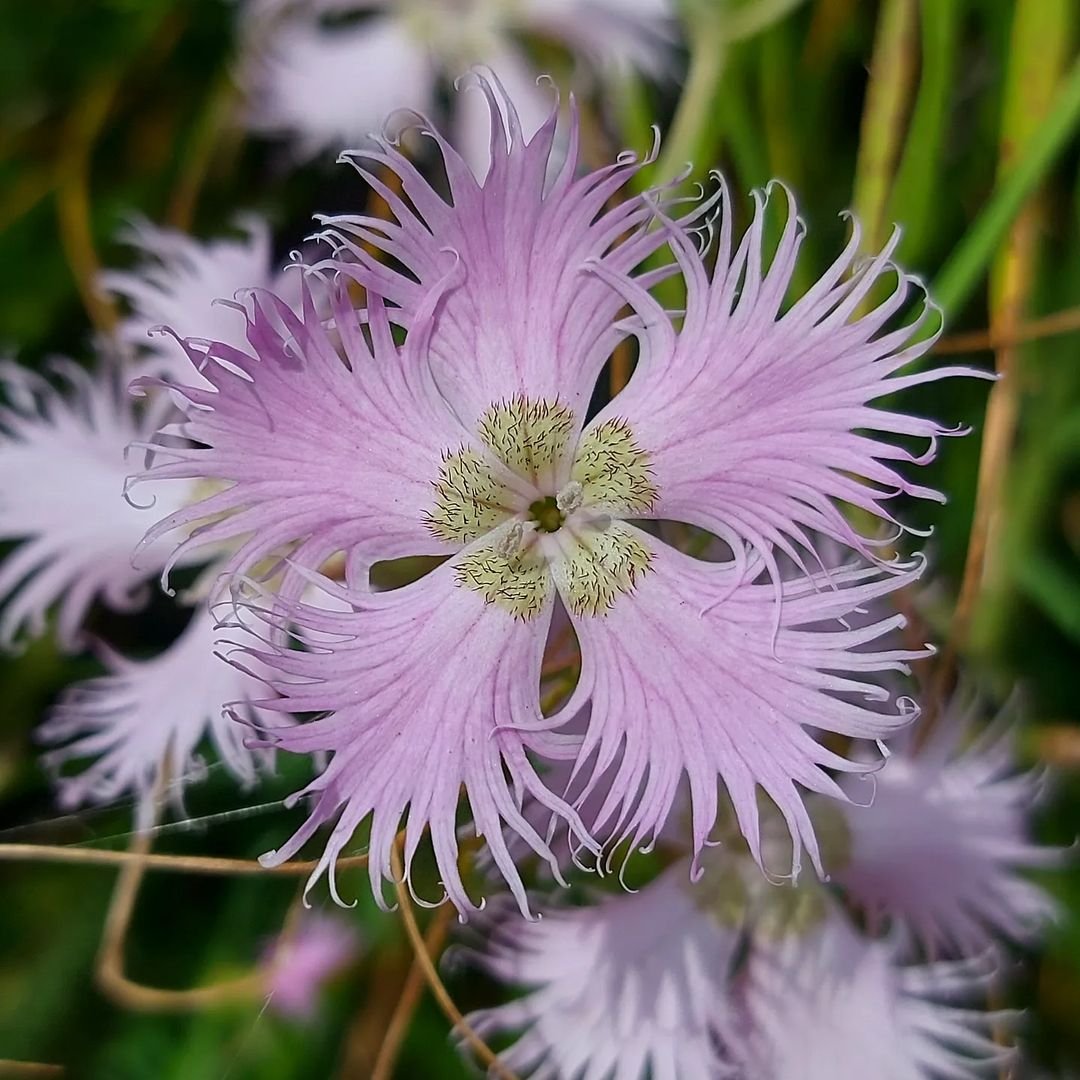
Dianthus, also known as pinks, have fragrant flowers that bloom in spring and fall. They come in shades of pink, red, and white.
Growing dianthus:
- Plant in full sun
- Use well-draining soil
- Water when the top inch of soil feels dry
25. Balloon Flower
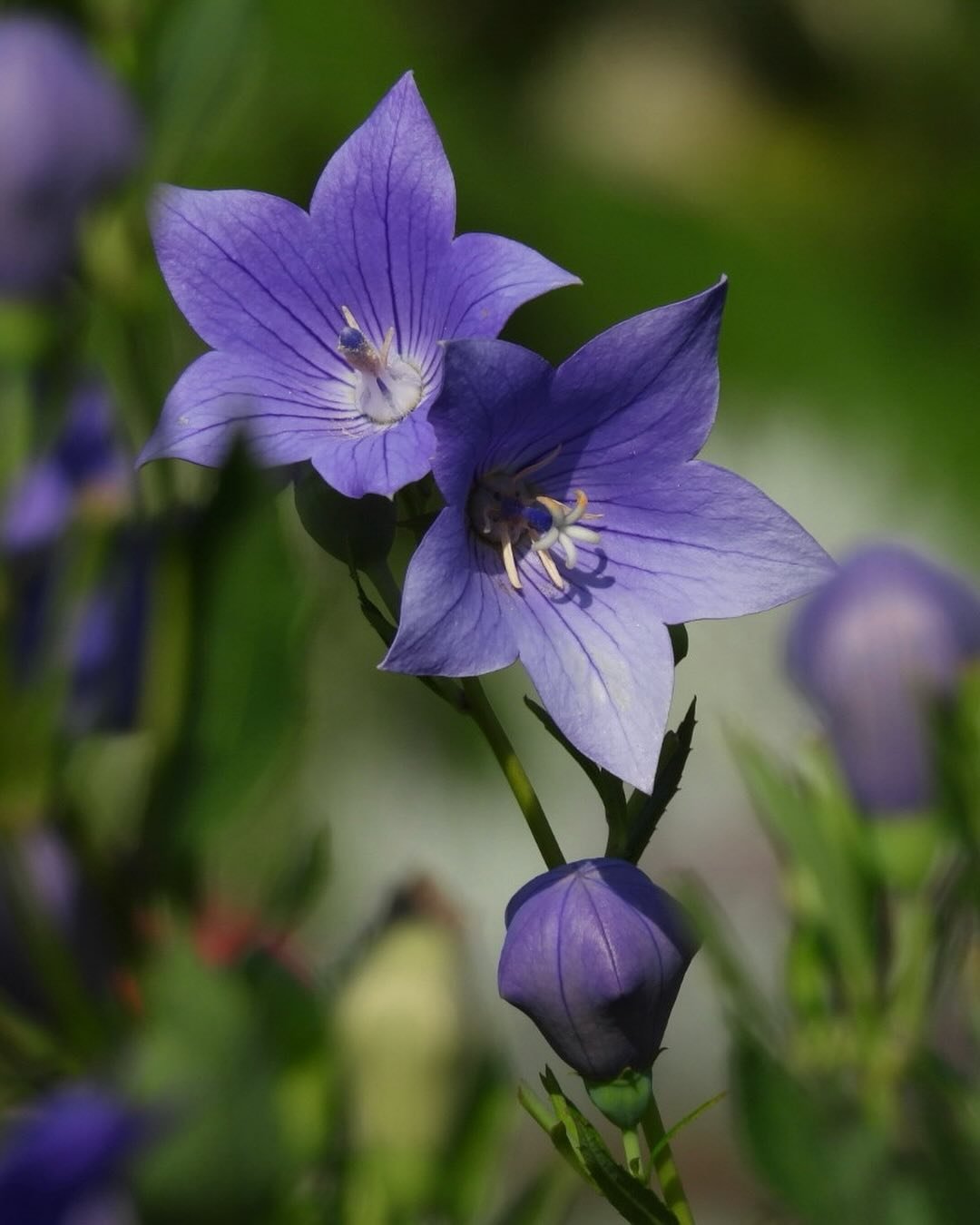
Balloon flowers get their name from their puffy buds that open into star-shaped flowers. They bloom from summer into fall.
Planting tips:
- Choose a spot with full sun to partial shade
- Use rich, well-draining soil
- Water regularly, especially during dry spells
26. Sweet Alyssum

Sweet alyssum is a low-growing plant with clusters of tiny, fragrant flowers. It blooms from spring until frost.
Care instructions:
- Plant in full sun or partial shade
- Use well-draining soil
- Water regularly to keep soil moist
27. Viola
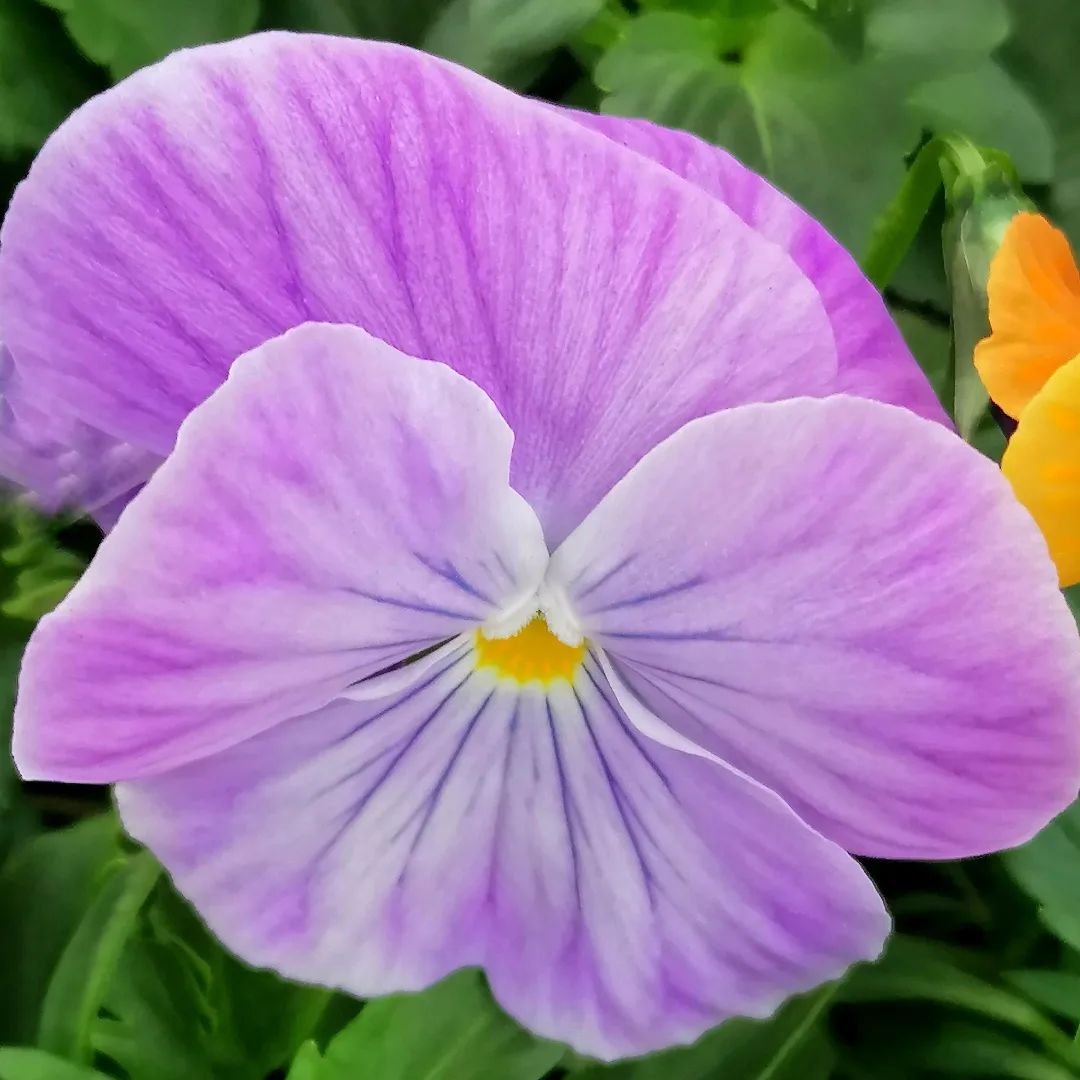
Violas are similar to pansies but with smaller flowers. They’re tough plants that can handle cold weather and bloom in spring and fall.
Growing violas:
- Plant in full sun or partial shade
- Use rich, well-draining soil
- Water regularly to keep soil moist
28. Turtlehead
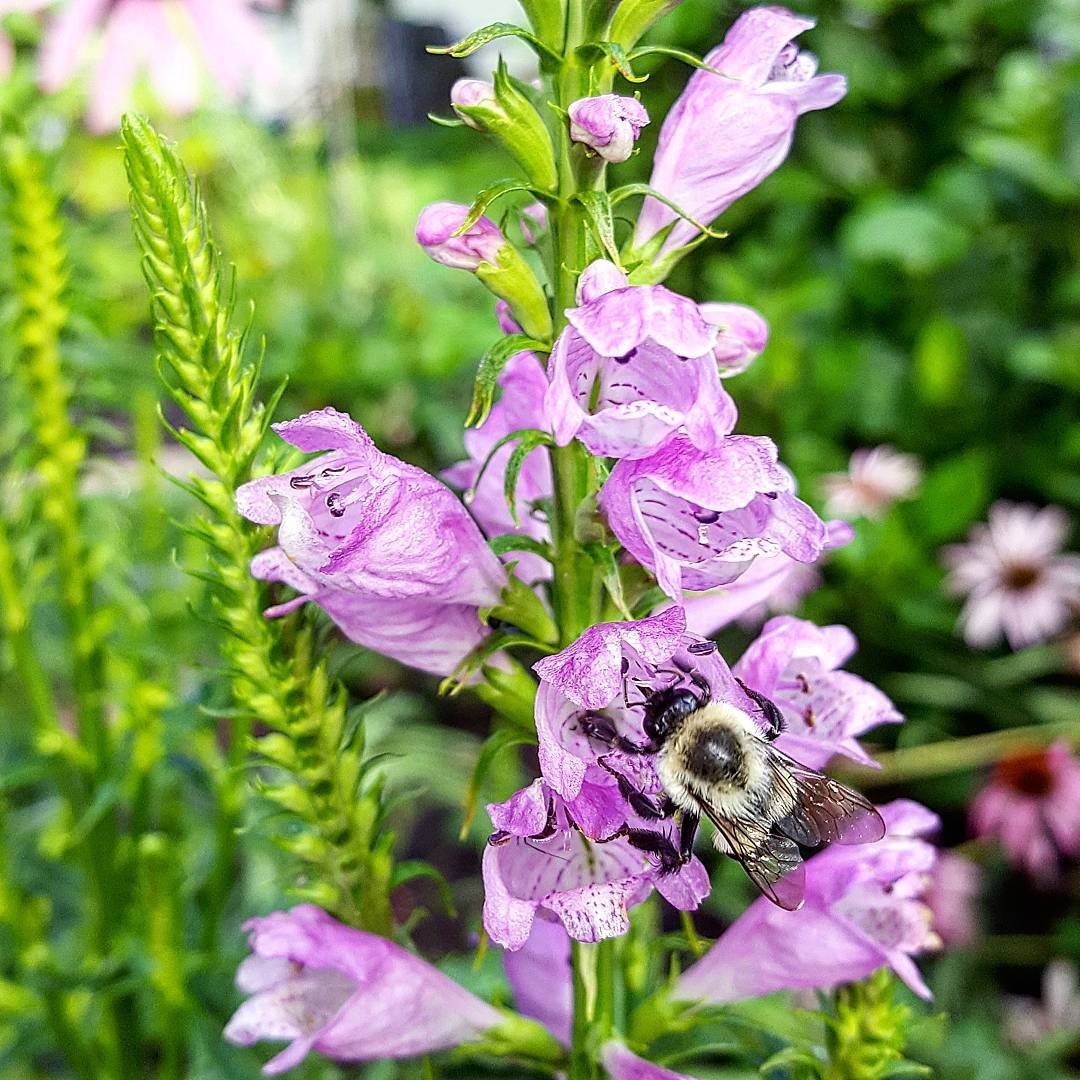
Turtlehead gets its name from its flowers that resemble turtle heads. It blooms in late summer and fall and prefers moist soil.
How to grow:
- Plant in partial shade
- Use rich, moist soil
- Water regularly to keep soil from drying out
29. Witch Hazel
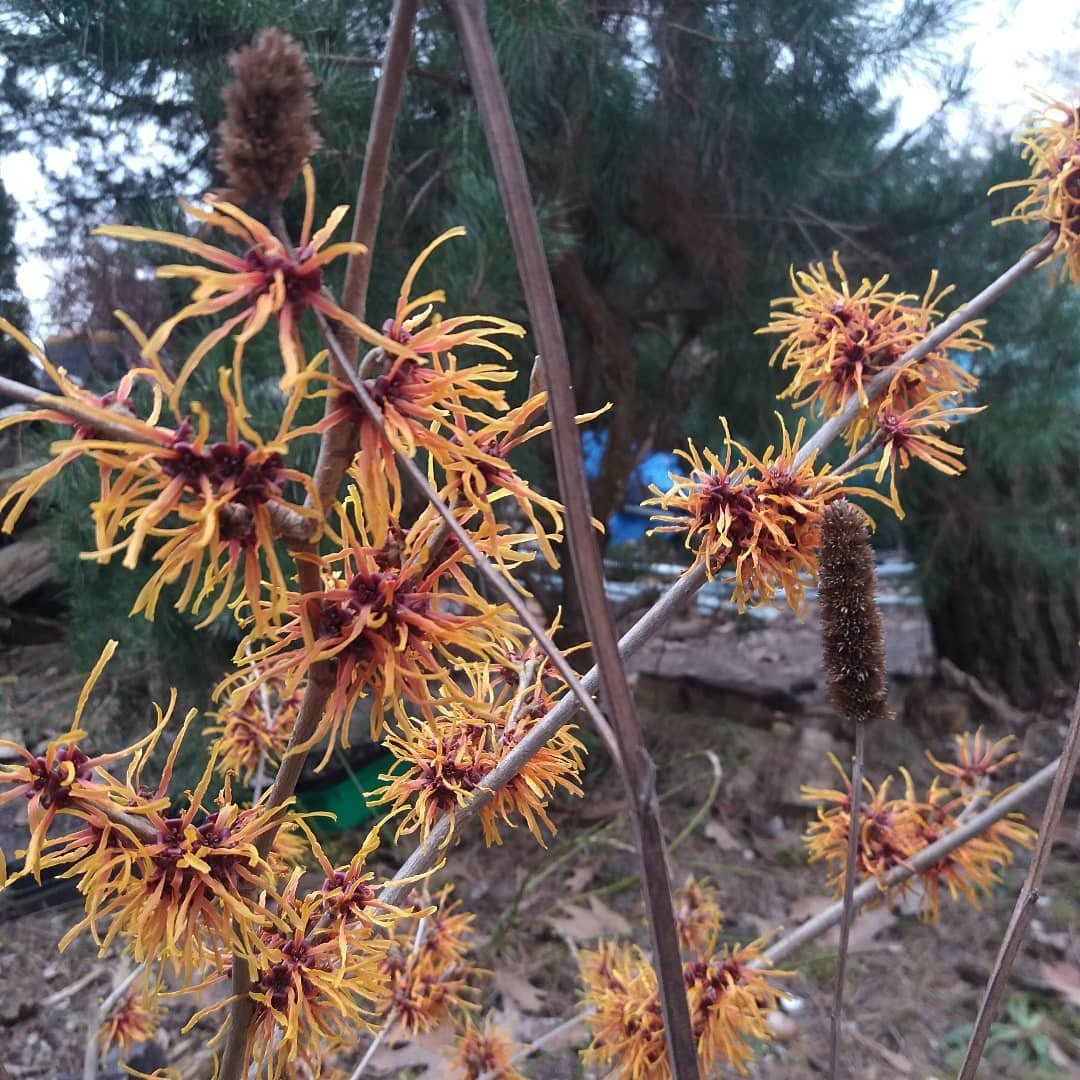
Witch hazel is a shrub with unique, spidery flowers that bloom in late fall or winter. It adds interest to the garden when other plants are dormant.
Planting advice:
- Choose a spot with full sun to partial shade
- Use well-draining soil
- Water deeply but infrequently once established
30. Monkshood
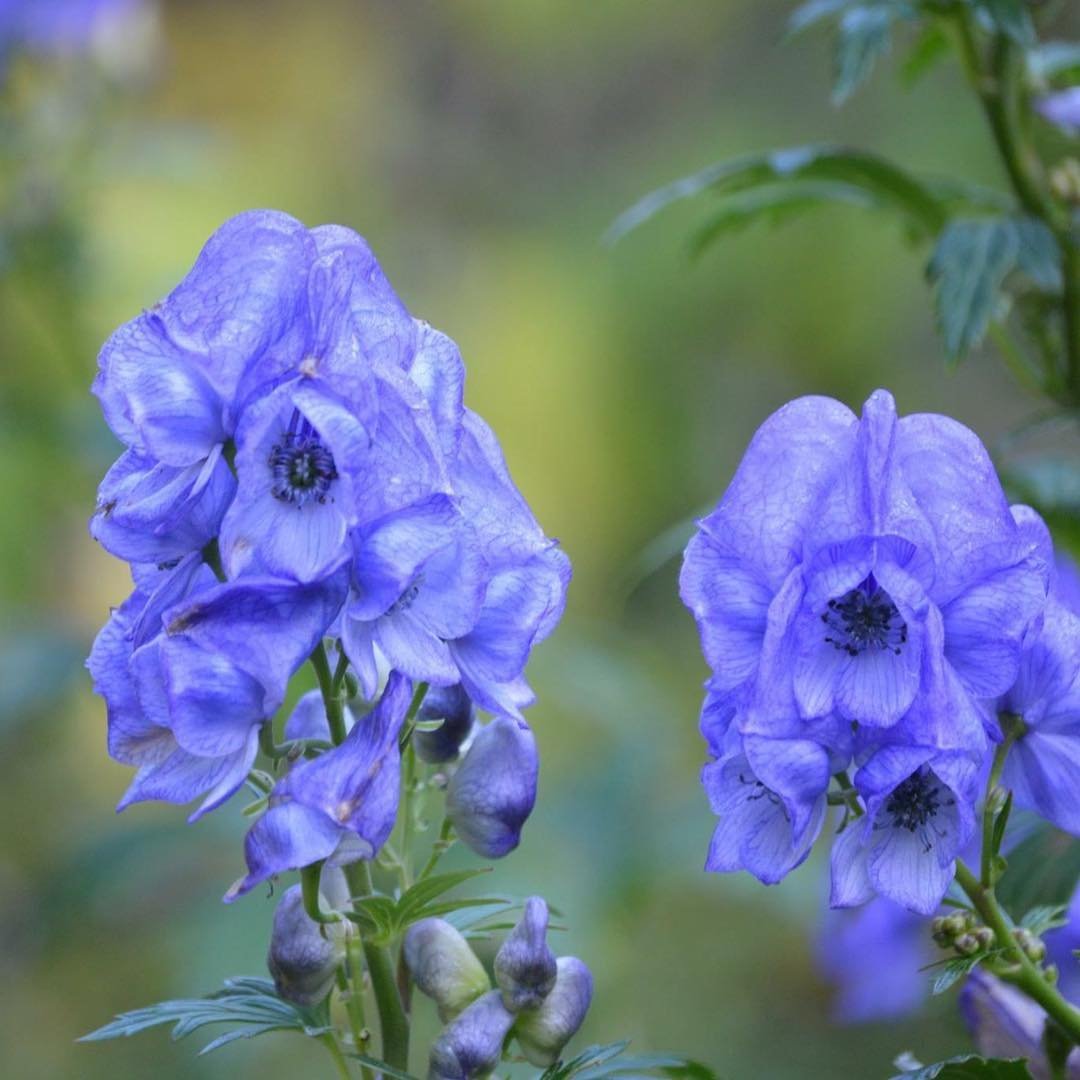
Monkshood has hooded flowers in shades of blue and purple. It blooms in late summer and fall and prefers cooler climates.
Growing monkshood:
- Plant in partial shade
- Use rich, moist soil
- Water regularly to keep soil from drying out
Tips for Planting Fall Flowers
Now that you know about some great fall flowers, here are some tips to help you plant them:
- Plan ahead: Many fall-blooming plants should be planted in spring or summer.
- Prepare the soil: Add compost to improve soil quality before planting.
- Choose the right location: Make sure your plants will get the right amount of sun or shade.
- Water wisely: Most new plants need regular watering until they’re established.
- Mulch: Add a layer of mulch around your plants to help retain moisture and protect roots.
For more gardening tips and resources, check out the USDA National Agricultural Library’s Gardening Information page.
Fall flowers can bring new life and color to your garden as summer fades. With so many options to choose from, you’re sure to find some that fit your garden style and growing conditions. Remember to check your local gardening zone and frost dates to make sure the flowers you choose will thrive in your area. The USDA Plant Hardiness Zone Map is an excellent resource for this information. Happy gardening!


